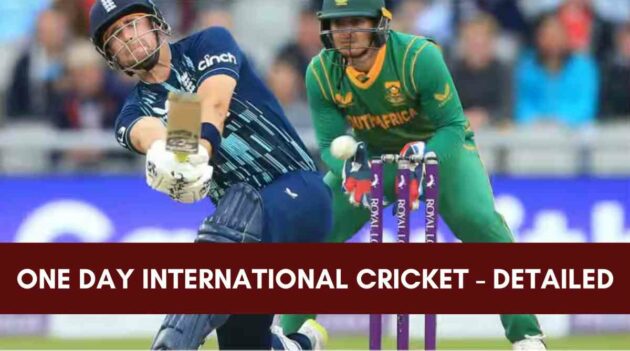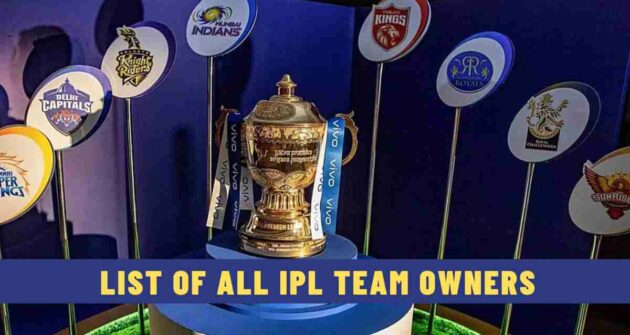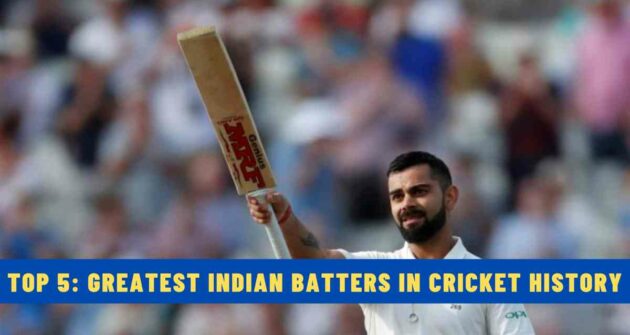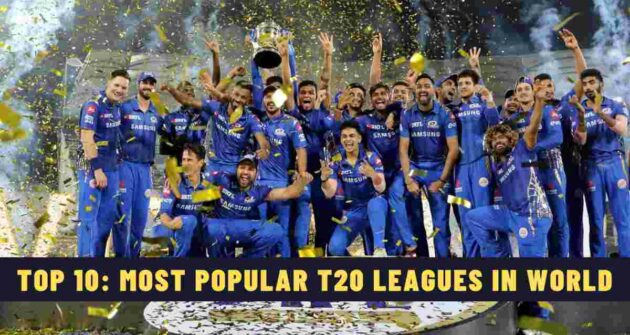Cricket has been played for a long time, with the first international match taking place in 1844. However, unlike other sports, cricket evolved a lot, giving birth to not one, not two, but three different formats — Test, ODI, and T20I.
Every format has its own charm, catering to a diverse set of audiences and fans. Some might prefer watching the timeless battles of Test cricket, while others might delve into the thrilling T20 matches.
But, it is important to understand how each format functions. ODI Cricket, which is otherwise been called the 50-over format has been in existence since the early 1970s.
This article, we’ll explain the intricacies of the One-Day international cricket
The ODI format derives its name from the playing time required for a match. Generally, an ODI match is played over a day, clocking about 8-9 hours.
The ODI match is split across 2 innings of 50 overs each. However, in its initial days, the matches were played over 60 overs per side.
Each team will alternatively bat in the match, with 50 overs at their expense. Both innings might last for 3.5 hours each, with a mid-innings break of 30 minutes.
Powerplay and Fielding Restriction Rules
The 50 overs of an innings are split across 3 powerplay phases — first powerplay (1-10 overs), second powerplay (11-40 overs), and third powerplay (41-50 overs).
The first powerplay runs from the first to the tenth over, with only 2 fielders allowed to field outside the 30-yard circle. The second powerplay lasts for 30 overs, with 4 fielders stationed outside the circle. And in the last powerplay, 5 fielders are permitted to be placed outside the circle.
The number of powerplay overs might change if the game is interrupted due to any unavoidable circumstance.
Furthermore, the bowling teams are required to maintain a minimum over rate of 14.28 overs per hour. Failing to do so might attract a sanction from the match referee.
Moreover, if the bowling team fails to start the last over by the required cut-off time, they will be asked to place only 4 fielders outside the 30-yard circle for the remaining overs.
Possible Results
An ODI match can produce four results — a win, a loss, a tie or no result.
The team that scores more runs at the end of the match win the match. If both teams can’t bat for a minimum of 20 overs in the match, it will be declared no result.
A match will end in a tie if the scores of both teams are equal after the completion of both innings. When a match results in a tie, a Super Over is used to determine the winner.
The Super Overs will be played until a winner emerges or until the permitted time reaches. If no winner is determined, the match will be declared a tie.
Major Tournaments in ODI Cricket
The ICC organises two pinnacle men’s ODI tournaments every four years, and they are the ICC Cricket World Cup and the Champions Trophy. The participants are decided based on the team rankings and World Cup qualifiers.
In women’s cricket, the women’s teams contest the Women’s World Cup, which is staged every 4 years. Likewise, the ICC also organises the Under-19 Men’s ODI World Cup every 2 years.
Read Next | The Major ICC Events – An Overlook











